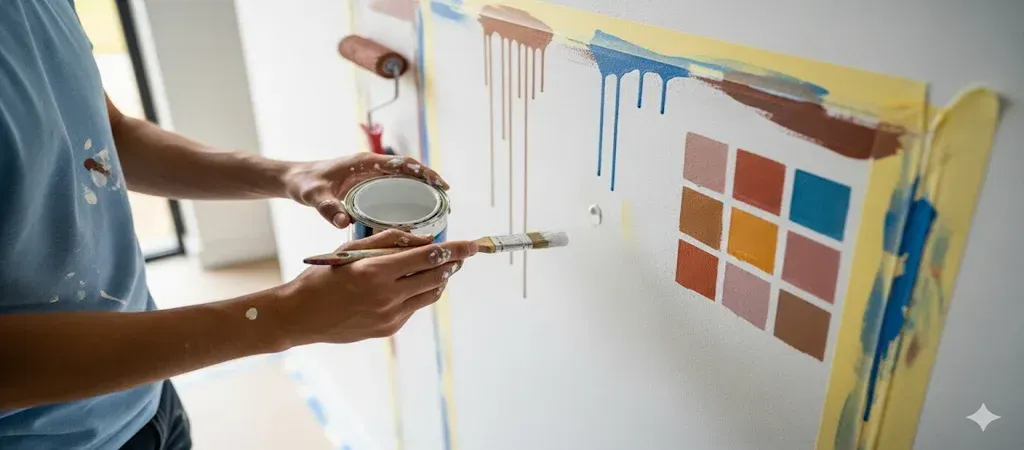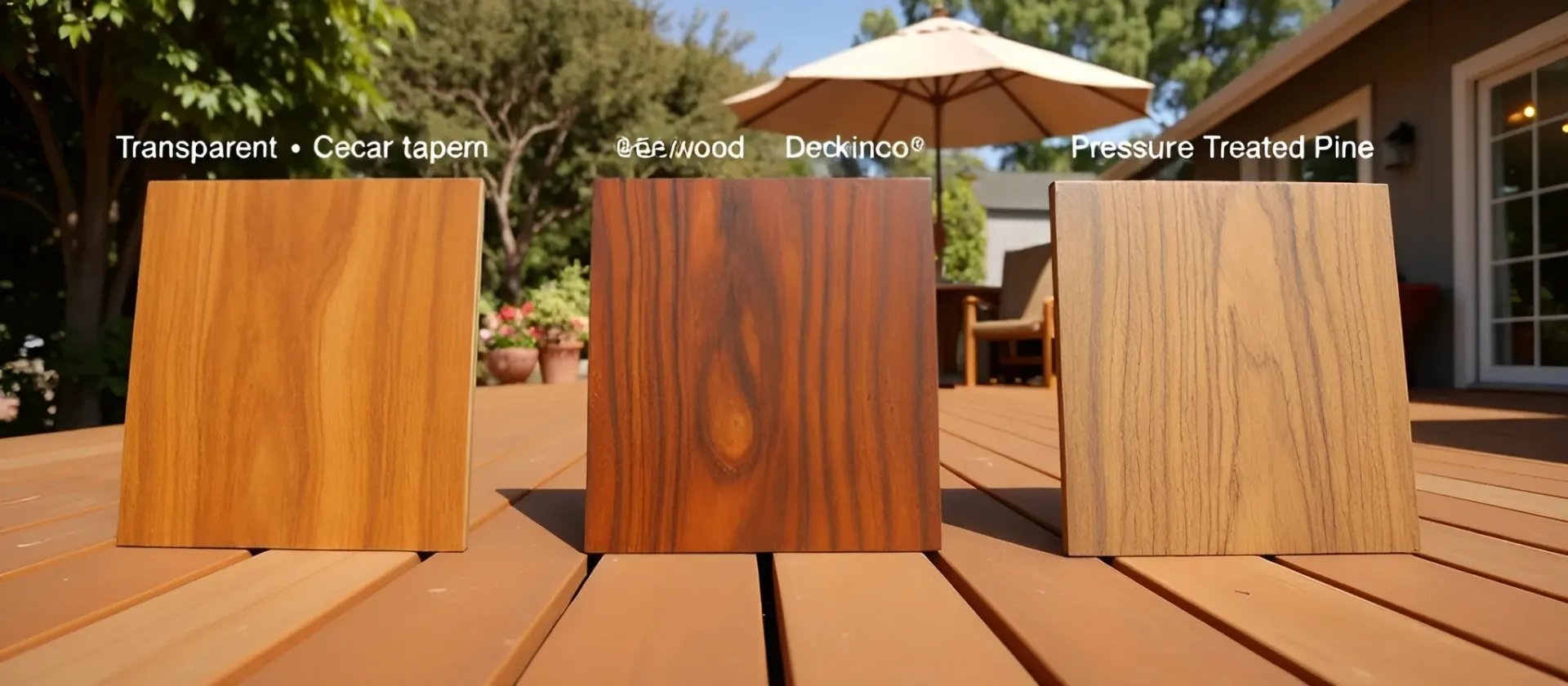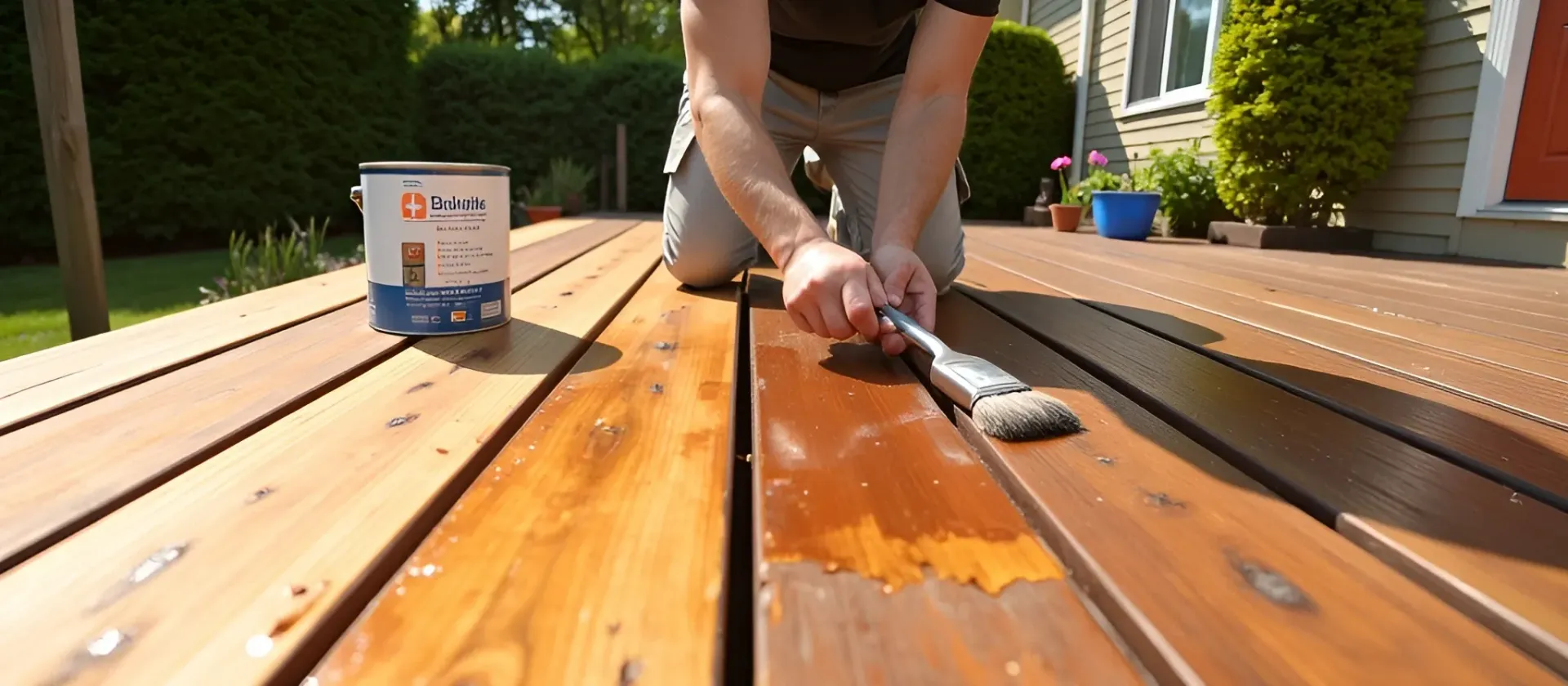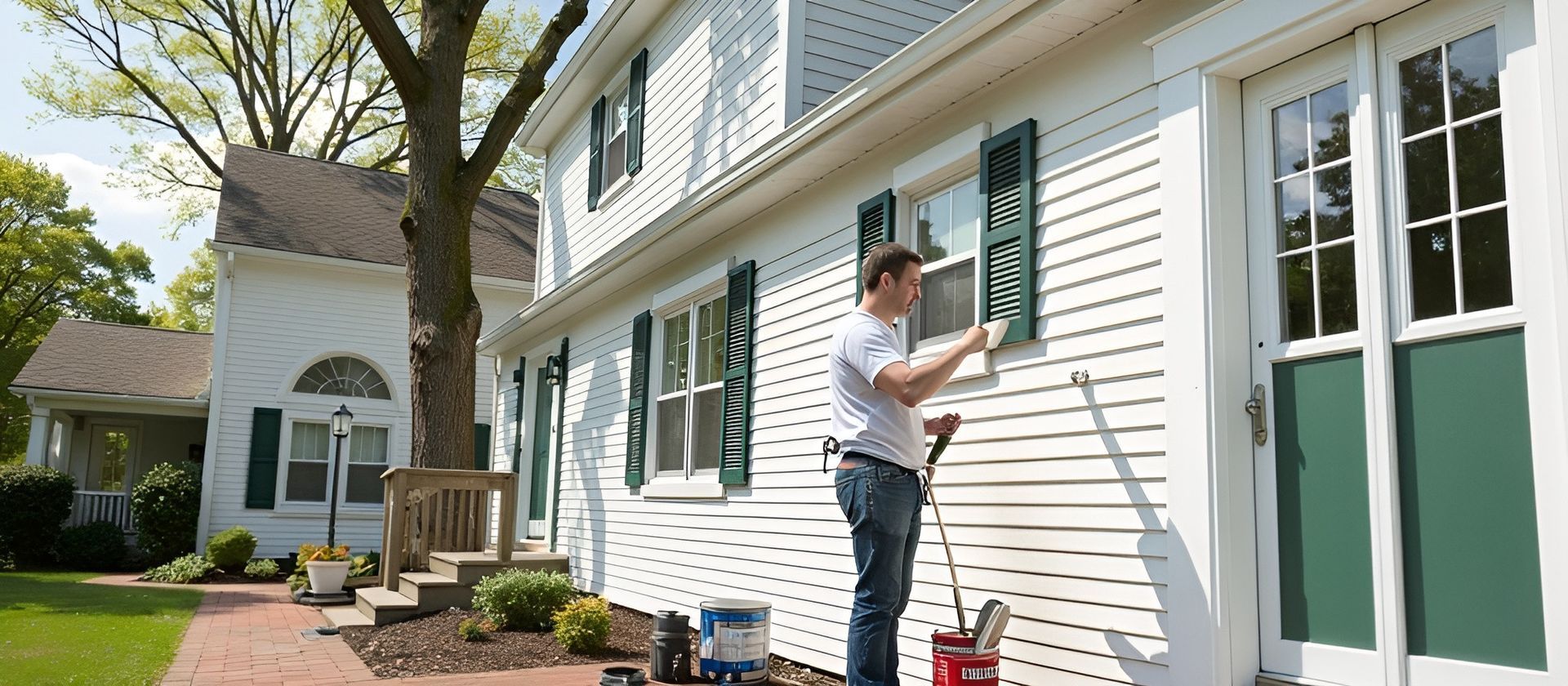Why You Should Remove Lead Paint from Your Home
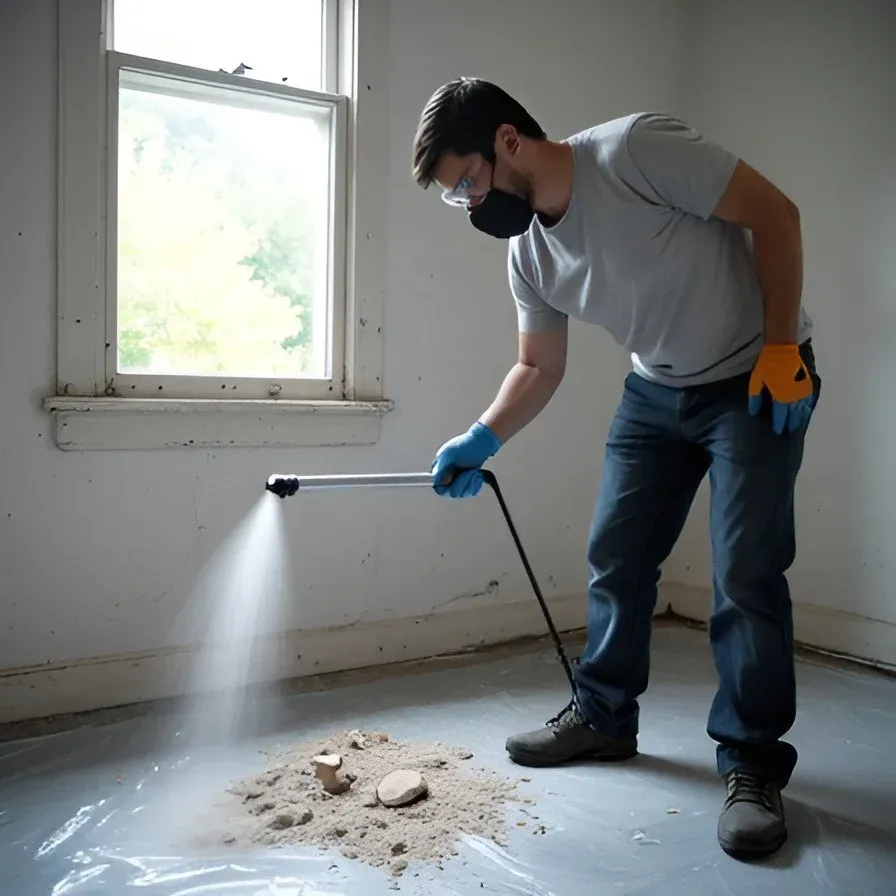
For both children and adults, lead poisoning is a severe problem. The mother's fetus in the womb can be affected if she inhales or ingests lead from paint. When it comes to lead paint, there is no such thing as a safe level of exposure. Lead paint may be present on the walls, doors, trim, and handrails in older homes. Moreover, even if the original color has been painted numerous times, lead poisoning can still occur. The dust from lead paint sanded down might cause an issue, like an old paint that has chipped off. That is why lead paints have to be removed from your home.
History of Lead Paint in the Home
Lead is a highly toxic substance, and it's not just in old paint that you may find it. Paint and gasoline, for example, were both created with lead before the risks of lead were fully understood. Lead is ubiquitous, but you can't see or smell it because it's invisible. The following are places where lead is found:
Some of the most common and dangerous causes of lead exposure for children in the United States include lead-based paint and dust.
Approximately 29 million homes in the United States have lead-based paint concerns, including deteriorating paint and lead-contaminated dust.
Lead Paint-Induced Health Issues
Lead has a profound effect on nearly every system in the human body. Seizures, a coma, and death are all possible side effects at extremely high doses. The central nervous system, blood cells, and kidneys can all be harmed by low amounts of lead.
Lead poisoning can have severe consequences for fetuses and early infants. In addition, there are delays in physical and mental development, lower IQ levels, shorter attention spans, and more behavioral issues. Growing bodies more easily absorb lead, and the tissues of tiny children are more susceptible to the detrimental effects of lead than adults, making them more vulnerable to lead exposure. The risk of lead poisoning ingestion is higher in children because they may inhale lead dust off their hands or other contaminated things.
Ensure that your child isn't exposed to lead. Call your primary care physician or a nearby health facility to learn more about where to go. Get a copy of the Centers for Disease Control's, Preventing Lead Poisoning in Young Children for further information on health impacts (October 1991).
Before selling a home, you must state the owner's knowledge of the home's history and any lead-based paint present on a disclosure form provided to buyers. The disclaimer on your house can tell you if there has been any known usage of lead-based paint in the building.
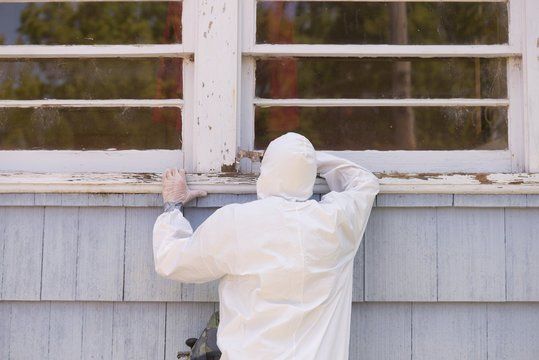
Removing Lead Paint From Surfaces of Your home
It is possible to test paint samples from your home for lead content. The U.S. Consumer Product Safety Commission (CPSC) advises lab tests as the most trustworthy approach despite the availability of do-it-yourself home tests. Ask your doctor about blood tests to see if you or your children have been exposed to lead if you have any concerns.
Assuming lead paint is found in your home, the best course of action is to get rid of it as safely as possible. A few ideas for dealing with the predicament are as follows:
Remove the lead paint. You may hire a professional to remove lead paint from your walls, as well as deal with any dust or other lead contaminants that may be left behind in the process. Using paint thinner or other wet methods is recommended for a small area, but you can do it yourself if you have the time and patience.
It would help if you covered up lead paint. It would help if you used a particular sealer to keep out dust and flakes of lead paint rather than paint over them.
Replace lead-based paint on the exterior of your home. To avoid the creation of dust, remove any lead-painted doorknobs, windowsills, or other trim and replace them with lead-free alternatives.

